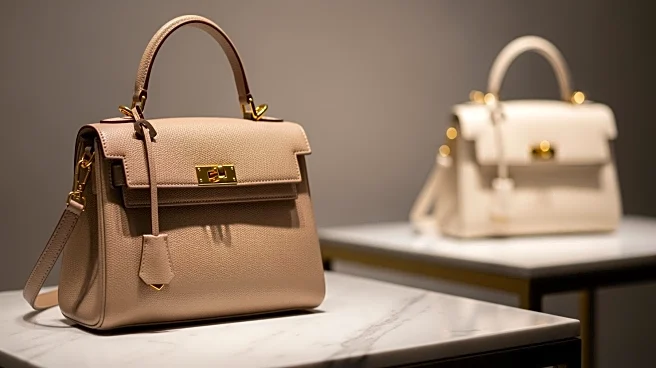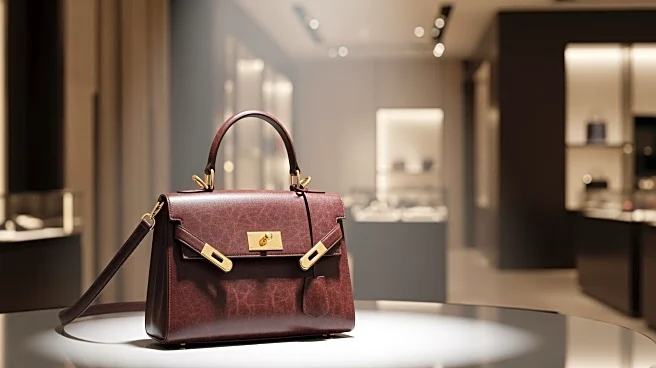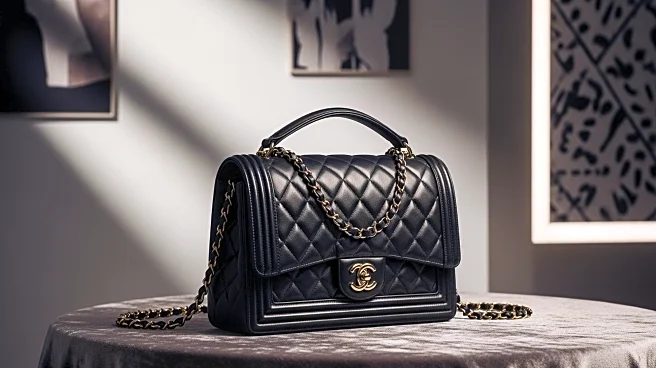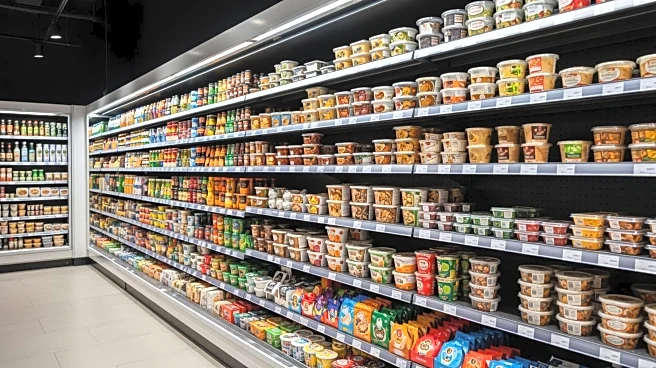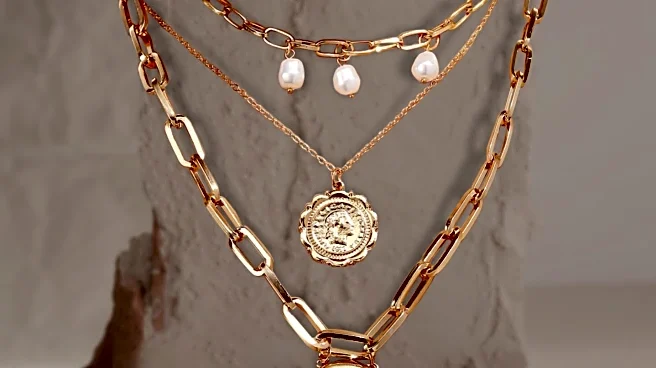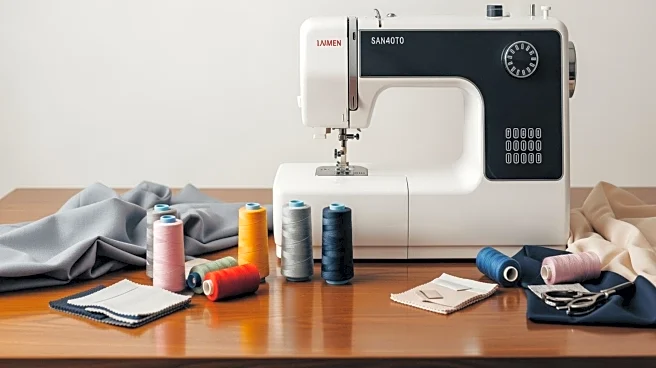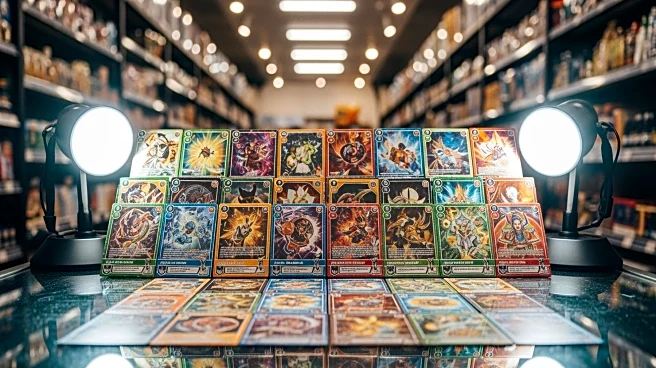What's Happening?
The resale market for luxury goods is rapidly expanding, with projections estimating it could reach $360 billion by 2030. This growth is driven by changing consumer preferences, particularly among Gen Z and millennials, who are increasingly opting for pre-owned
luxury items. Luxury brands are responding in varied ways: Chanel is litigating to define secondary-market rules, Hermès focuses on anti-counterfeiting, and Rolex has introduced a Certified Pre-Owned program. These strategies reflect differing priorities and approaches to maintaining brand integrity and consumer trust.
Why It's Important?
The rise of the resale market presents both opportunities and challenges for luxury brands. On one hand, it offers a new revenue stream and a way to engage with younger consumers. On the other hand, it poses risks to brand exclusivity and authenticity. Brands that successfully navigate this landscape can enhance their reputation and customer loyalty. The diverse strategies adopted by luxury brands highlight the complexity of balancing market demands with brand protection, setting precedents for the industry's future direction.
What's Next?
As the resale market continues to grow, luxury brands are likely to implement more stringent measures to ensure authenticity and control over their products. This may include increased use of digital product passports and serialization to track provenance. Legal actions against unauthorized resale practices may also become more common. The industry's response to these challenges will shape the future of luxury retail and consumer expectations.
